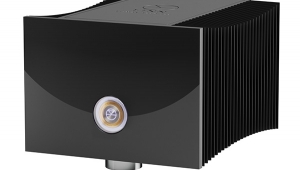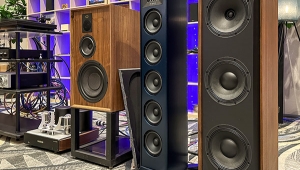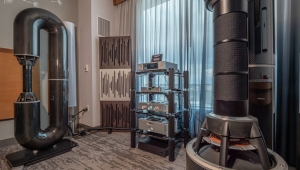| Columns Retired Columns & Blogs |
I'm wondering how you like this speaker compared to the NHT Classic Three? I will probably try both the Three and Verus Grand bookshelf in my living room. Measurement-wise, I haven't been able to find a better measuring speaker under $1K than the Threes.






































